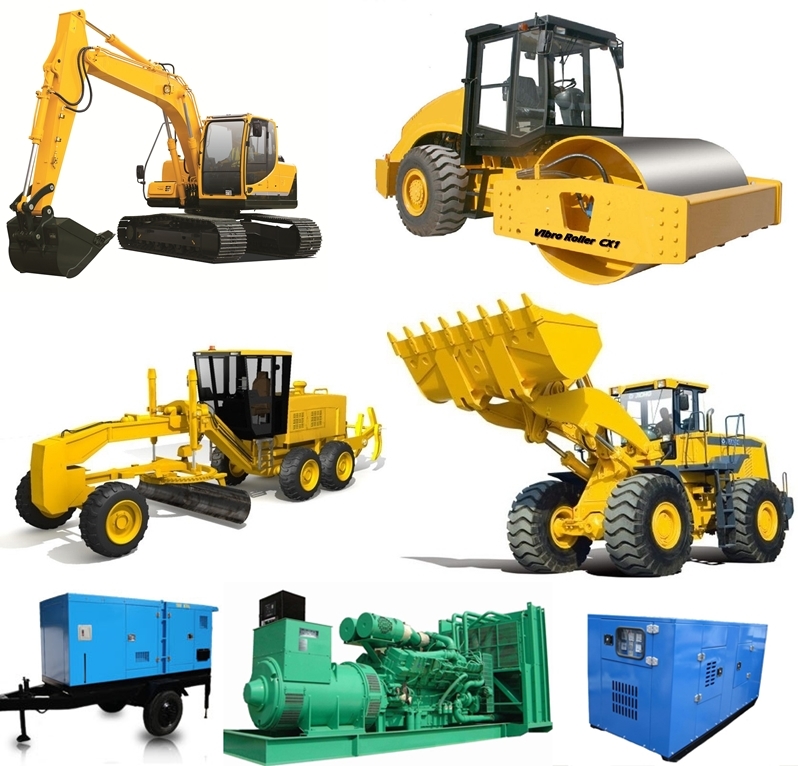Maximize Your Budget by Recognizing the Costs Connected With Building And Construction Devices Leasings
Understanding the full scope of costs connected with building tools rentals is critical for maximizing your spending plan. While the initial rental cost may seem uncomplicated, various added expenditures-- such as transport, gas surcharges, and upkeep-- can rapidly accumulate, impacting your economic preparation. Moreover, being conscious of different fees and the ins and outs of rental agreements can help stay clear of unanticipated economic worries. What strategies can be utilized to successfully manage these prices and guarantee a much more efficient rental experience?
Overview of Rental Expenses
When considering building equipment services, comprehending the connected expenses is vital for efficient budgeting and task preparation. Rental costs can differ dramatically based upon numerous elements, consisting of equipment kind, period of service, and area. The first rental fee typically mirrors the tools's market demand and its linked operational capabilities, influencing the overall expenditure.
Along with the base rental price, supplementary prices might emerge, such as transportation costs, gas additional charges, and maintenance charges. It is important to represent these additional expenditures to precisely analyze the overall cost of renting out devices. In addition, the rental period can impact rates; longer services may receive discounted rates, while short-term services may incur greater daily costs.

Malfunction of Rental Rates
A comprehensive understanding of rental prices is essential for service providers and job supervisors intending to enhance their budget plans. Rental rates for building and construction devices commonly contain several elements, including base prices, time-based fees, and usage costs.
Base rates are the core costs related to the leasing of the tools, frequently identified by the type and size of the equipment. These prices can differ substantially, influenced by factors such as equipment need, accessibility, and regional market patterns. Time-based costs, which might be daily, weekly, or monthly, offer to fit different job timelines and rental durations.
Additionally, rental rates might include usage costs, which are applicable when tools is made use of beyond a specified limit, making certain that the rental firm can represent deterioration. Seasonal demand fluctuations can also influence rental prices, with peak construction seasons usually commanding greater rates.
Additionally, recognizing the rental business's plans regarding upkeep and insurance coverage can offer more insight right into the general price framework. By assessing these parts, contractors can make enlightened decisions, making sure the selection of rental equipment aligns with both task needs and spending plan restrictions.
Additional Charges to Consider
Recognizing the details of additional charges is important for specialists to manage their overall leasing expenses successfully. Past the conventional rental rates, numerous supplemental costs can substantially influence the total expense of equipment service. These fees typically include distribution and pickup charges, which can differ based upon range and logistics associated with carrying the tools to and from the job website.
Moreover, some rental firms might enforce fuel surcharges if the equipment is returned with much less fuel than when rented. It is additionally necessary to recognize potential cleansing fees, specifically for customized equipment that needs complete upkeep after use.

Extensively assessing the rental contract and clearing up these added costs in advance can help service providers guarantee and prevent unexpected prices that spending plans remain undamaged throughout the project lifecycle.
Repair And Maintenance Expenditures
Routine repair and maintenance costs are commonly forgotten elements that can significantly affect the general expense of construction equipment leasings. When renting out devices, it is critical to take into consideration not only the rental costs but additionally the possible prices connected with maintaining the equipment in optimum operating problem.
Lots of rental firms consist of standard maintenance as component of the rental arrangement; nevertheless, a lot more unexpected malfunctions or substantial repair work can cause additional costs. It's necessary to examine the rental contract very carefully to recognize what upkeep services are covered and what responsibilities drop on the renter.
Furthermore, devices that is not well-maintained can lead to ineffectiveness on duty website, possibly triggering hold-ups and enhancing job prices. To alleviate these risks, it is advisable to carry out routine examinations and preserve open interaction with the rental company concerning any type of concerns that occur during usage.
Insurance and Obligation Prices
Insurance policy and responsibility expenses are vital elements that can substantially impact the general cost of building equipment leasings (heavy equipment rental). These prices make sure that both the rental company and the client are shielded from potential monetary losses arising from accidents, damage, or burglary during the rental period

Additionally, customers ought to be mindful of any deductibles or exemptions in the insurance plan, as these can influence potential out-of-pocket costs. Understanding the conditions of any insurance protection is important to prevent unanticipated costs. Eventually, budgeting for insurance and obligation costs can assist make certain a smoother rental experience and safeguard versus financial risks connected with building and construction jobs.
Verdict
In conclusion, a comprehensive understanding of the prices connected with construction equipment rentals is crucial for effective budget plan monitoring. Inevitably, notified decision-making relating to tools leasings adds to the general success of construction ventures.
Rental expenses can differ significantly based on a number of factors, consisting of tools type, duration of rental, and area (equipment rental company). The rental period can affect prices; longer leasings may certify for affordable rates, while temporary rentals could incur higher daily charges
By carrying out extensive research study and engaging with trusted rental business, service providers can successfully browse the intricacies of rental prices, inevitably optimizing their financial sources.
Beyond the standard rental rates, different auxiliary costs can considerably influence the complete price of devices rental. Rental companies frequently supply obligation insurance coverage that covers injuries to 3rd events or damage to check residential or commercial property, while equipment damage insurance coverage can cover the expense of repair work or substitute if the rented out tools is damaged.